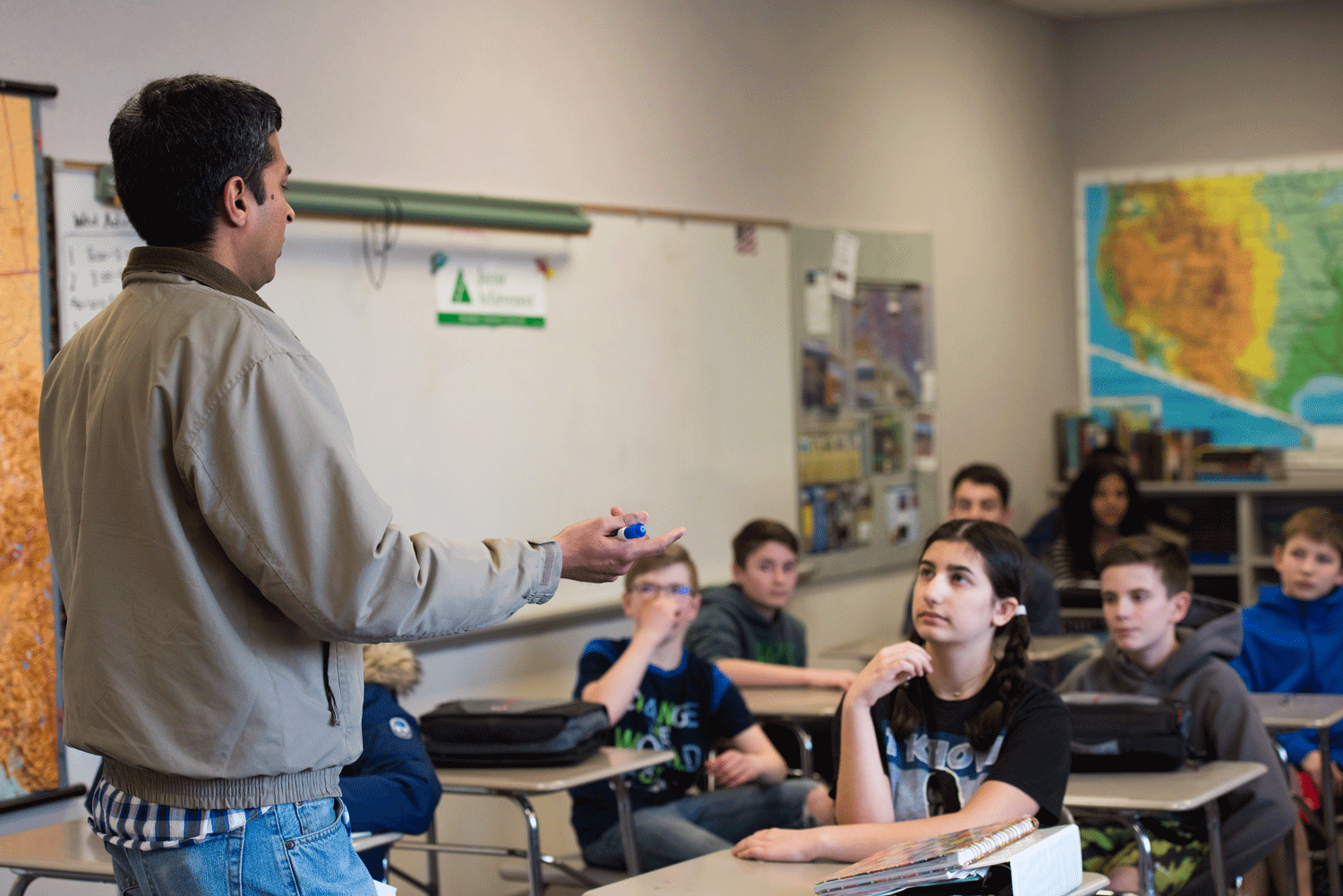Teaching Decision-Making Skills in the Classroom
Photograph by Pacific Northwest National Laboratory CC BY-NC-SA 2.0
By Andrew Quist and Robin Gregory
Making good choices is not easy: psychological research has revealed that a number of biases often distort how we make decisions and place an emphasis on faster, more automatic aspects of our thinking rather than slower, more analytic approaches. These biases can be addressed, but first decision making itself needs to be viewed as a skill, one that can be learned through a sequence of guided steps much as driving a car or speaking a new language can be learned.
Schools are supposed to teach children how to become thoughtful, engaged, and productive citizens, but the important skill of making good decisions is rarely part of classroom activities. A group of researchers and teachers is seeking to change that.
Beginning in 2017, decision scientist Robin Gregory and several colleagues have been collaborating with the Delta School District in British Columbia to introduce decision-making curriculum to the classroom. Applicable in grades 1 through 12, the curriculum trains teachers (most of whom previously have not been exposed to the decision sciences) and teaches students the mindsets that lie behind a questioning and inquiry-based approach to making better choices. Basic to this approach are ideas of value-focused decision making, asking questions of facts to ensure their accuracy, and a willingness to construct new alternatives that can provide better solutions to problems.
Students are taught there are six key steps to the practice of thoughtful decision making:
1. Framing – What is the problem and how can it be framed as a choice?
2. Objectives – What things do we care about that could be affected by this decision?
3. Alternatives – What alternatives can be considered?
4. Consequences – What are the likely consequences of different courses of action?
5. Preferences – How do we feel about the tradeoffs? What do we like best, all things considered?
6. Adapting – What could trigger us to reconsider, re-assess, or adapt our behaviors?
As part of the curriculum, students play a game called Guts vs. Heads. It works like this: first students think of a decision they can make together, such as where to go on a field trip at the end of the school year. Students then quickly make a decision using fast thinking (their gut). Then, the teacher writes this list of alternatives on the board and asks students to think about what matters to them in terms of this choice (in other words, their objectives or what they value). The students are asked to think about each alternative and whether it would do a good job of achieving their objectives (slow thinking). Finally, the students are encouraged to dialogue and ask each other questions: What it is about that alternative that you like? Why is it that you chose a different alternative than me? Through this exercise, students learn the value of analytical decision making as well as how to listen compassionately to their classmates. One student commented at the end of the game that the students were talking with each other, rather than at each other. By exploring how their final choice contrasts with their initial choice, they also learn about the importance of multiple objectives in making choices and how an overemphasis on only one dimension (the prominence effect) can distort their decision making.
The curriculum also includes lessons on decision making in the context of humanitarian assistance and how to overcome the decision-making biases introduced by large numbers (psychic numbing) and feelings of hopelessness (pseudoinefficacy) that often accompany discussions of what to do in the face of climate change, immigration, or other important national and global public policy choices. By learning to make decisions in a way that focuses on values and objectives, the students learn to make better decisions. And by learning to listen closely to their peers, they have the potential to become more tolerant and compassionate citizens.
Teachers and students have provided positive feedback to the decision-making curriculum. The researchers are currently seeking funding to expand the project to other school districts in the United States, Canada, and Europe.

